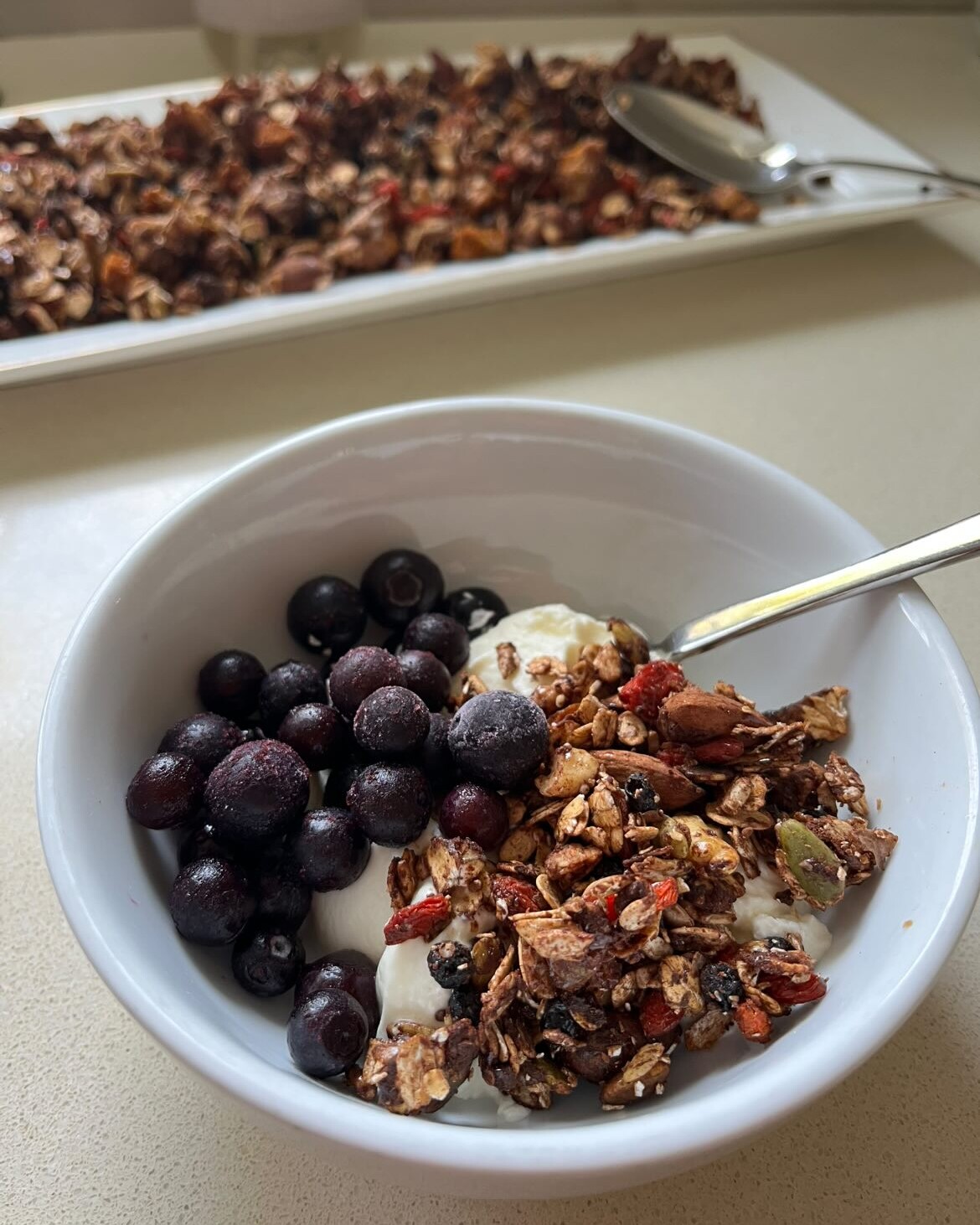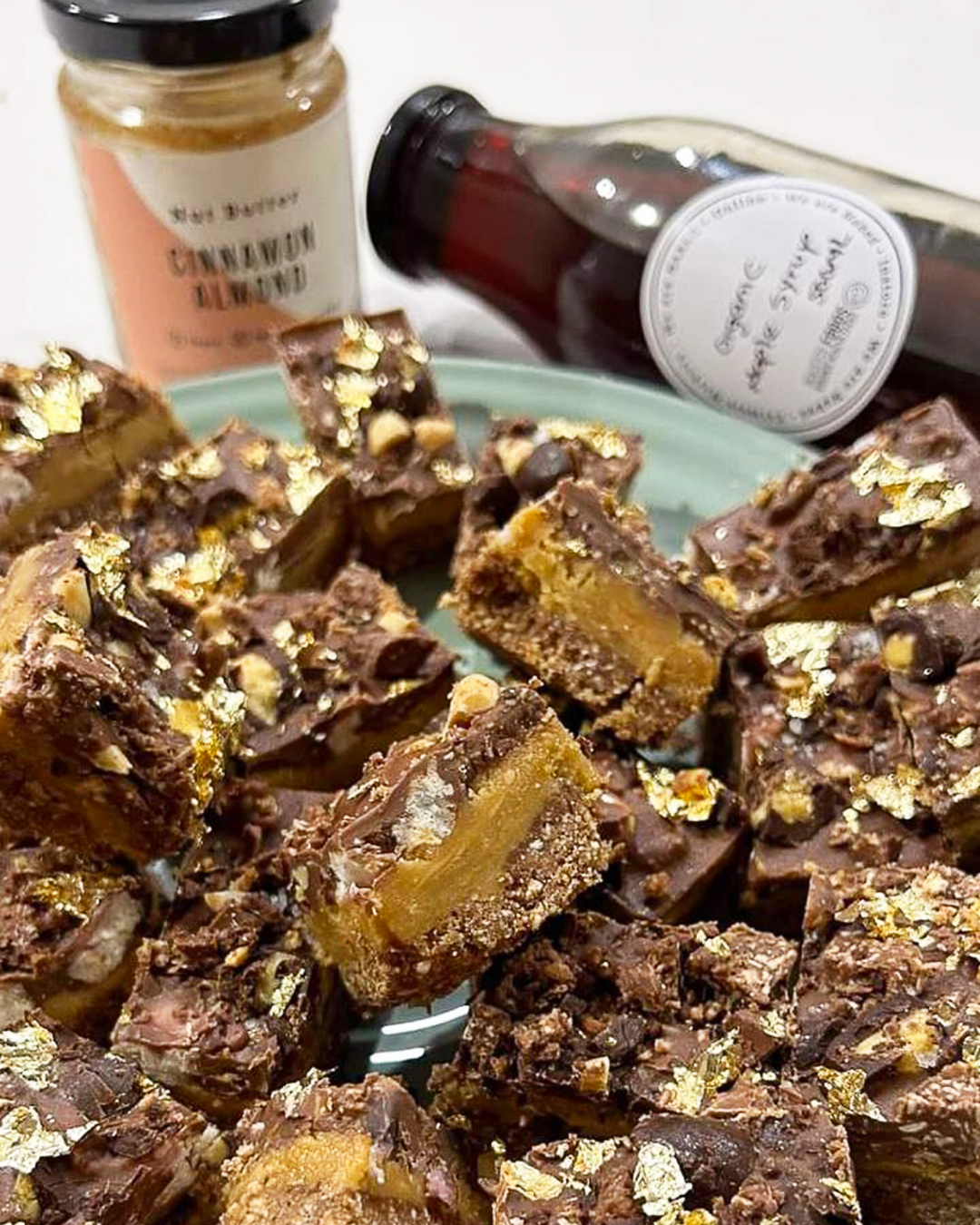Want to know how to get the most out of your nuts, seeds and grains? It’s time you started sprouting.
Nuts, seeds, grains and legumes are nutritional powerhouses. They provide vitamins and minerals, protein and plenty of dietary fibre, all things we want to be included in our diets on a daily basis. To make sure you get the most of these nutritionally-dense and versatile ingredients, they need to be properly prepared, and that’s where sprouting comes in.

What Is Sprouting and Why Should I do It?
Sprouting is basically the practice of germinating seeds – be it grains, nuts, beans, or legumes. This makes them easier to break down, which enables your body to utilise their full nutritional profile.
Nuts, seeds, grains and legumes all naturally contain anti-nutrients such as phytates that can interfere with mineral absorption and utilisation. Phytates are plant storage compounds which bind minerals such as iron, zinc, calcium, magnesium and phosphate, making them less available for absorption. Phytates partially inhibit the bioavailability of these nutrients, affecting how much of the other nutrients in that food that we can absorb. The process of sprouting reduces the presence of anti-nutrients, which therefore increases the nutrient availability of foods.
Sprouting also improves their digestibility in the body which decreases the likelihood for digestive discomfort. If you struggle with gastrointestinal issues and have been hesitant to include more grains and legumes in your diet, sprouting is definitely a step you should be utilising.
Sprouting also dramatically reduces the cooking time of grains and legumes, which makes assembling your favourite plant-based meals even quicker and easier.
Sprouting is a simple process that requires no growing or gardening expertise and very little space. To get started, all you need is a little bit of planning, some Naked ingredients, and you’ll soon have great-tasting and nutrient dense sprouts to add to your meals.

How To Sprout
- Rinse nut/seed/grain/legume of choice with filtered water and drain.
- Place rinsed seeds in a jar and fill the jar to about 3/4 full will filtered water. Cover with a mesh lid or cloth, secured with a rubber band, to allow air flow and leave to soak*.
- Soak until the seeds have doubled in size and then drain the seeds well, for several hours, while allowing plenty of air circulation. Mesh lids work well for this step, as the jar can be inverted and sat on an angle to drain for long periods over a bowl.
- Once drained, rinse the seeds with filtered water and repeat draining. Usually, 2-3 days of rinsing and draining about 3 times per day are required.
- Once sprouts the sprouts are ready, rinse one final time and remove any un-sprouted seeds.
- Drain thoroughly one final time before eating or storing sprouts in the fridge.
* A general rule is to soak at least 8 hours. Some larger seeds may require a longer soak. Soak until the seeds have doubled in size. Keep in mind that temperature also affects soak time. In warmer temperatures, the soak time is shorter. In cooler temperatures, soak time is longer, and larger seeds like chickpeas or kidney beans may require a 24-hour soak.
Note:
Sprouts can be easily contaminated so it is really important you closely follow food safety and hygiene steps to ensure no bacteria accumulates during the sprouting process. To make sure your sprouts stay safe, ensure that you:
- Always purchase organic fresh products from a reputable source (such as Naked Foods).
- Wash your hands thoroughly before handling foods, and keep sprouting equipment and all kitchen surfaces clean to avoid cross-contamination.
- Always consume sprouts within a few days, fresh and straight out of the fridge.
Have you tried sprouting your own nuts, seeds or grains at home? Leave us your questions or thoughts in the comments below!
Words by Brittany Darling – Accredited Nutritionist and Herbalist.










